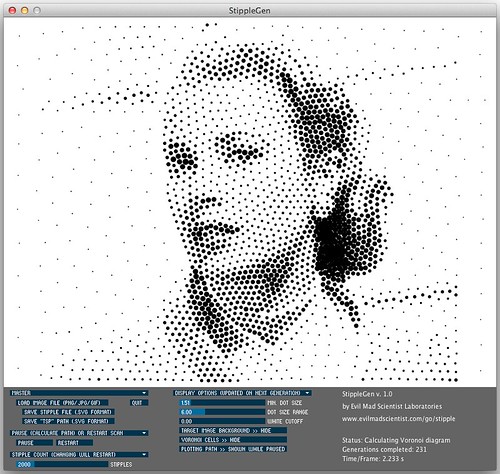 Of course, it turns out that you don’t actually need a solar filter to watch the eclipse. Any little aperture— in this case the cap between my hand and the camera —can act as the pinhole in a pinhole camera and project the image of the sun onto a surface.
Of course, it turns out that you don’t actually need a solar filter to watch the eclipse. Any little aperture— in this case the cap between my hand and the camera —can act as the pinhole in a pinhole camera and project the image of the sun onto a surface.


So if you’re not sure if an eclipse has started, or how much of an eclipse it is, just hold out your hands and make some little apertures; the shadows will show up with little bright spots in the shape of the sun, whether that’s a circle, ring, or crescent.
Stranger yet is to look around at all the shadows that you see every day. Even the shadow of your hand takes on an unexpected shape when the sun is anything other than round.There are actually five outstreched fingers on my hand here, but you can hardly tell that when every bit of light that seeps through (or around the edges) projects a crescent-shaped image. We take for granted that the shadow of an object will the same shape as the object, but as you can see, that isn’t necessarily the case when the light source isn’t round.
















